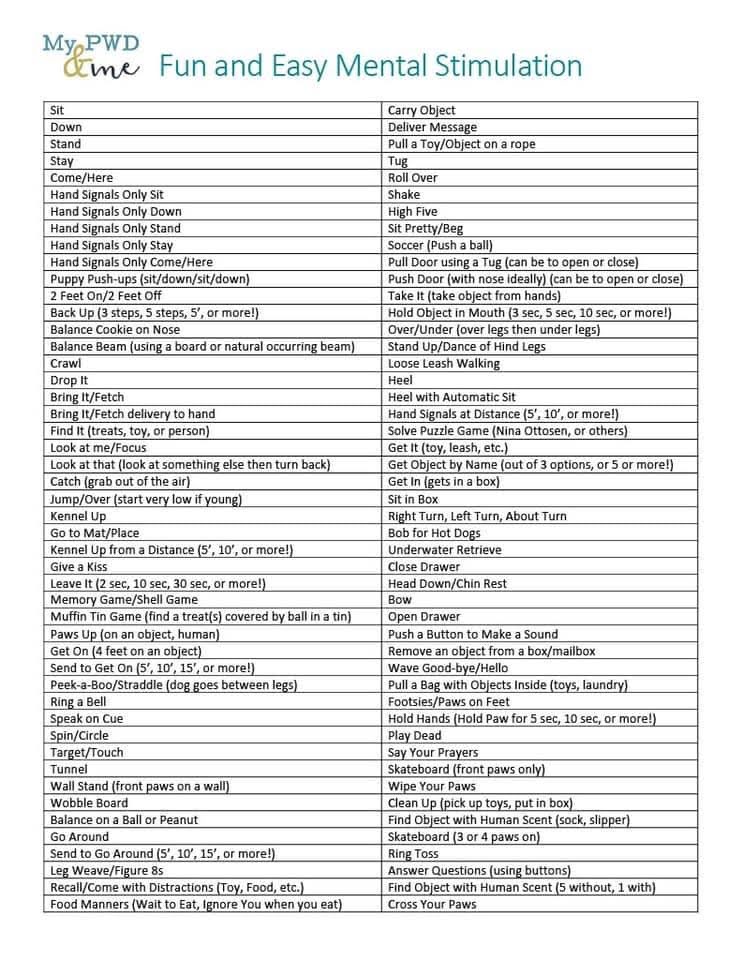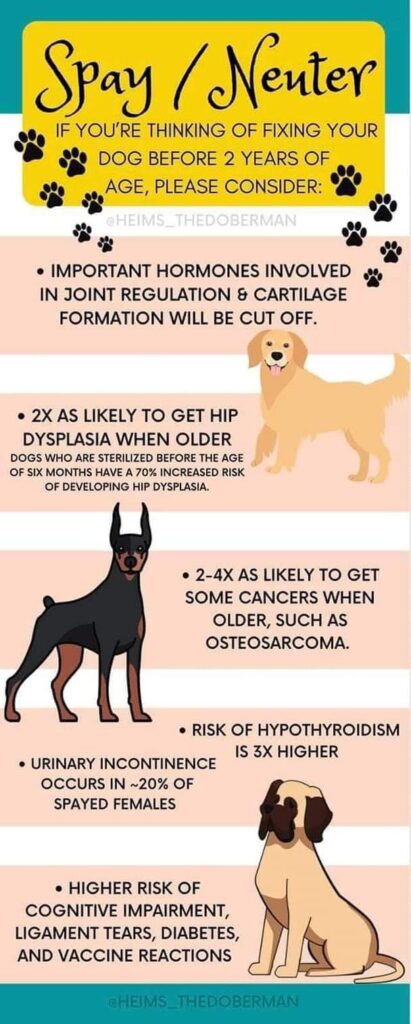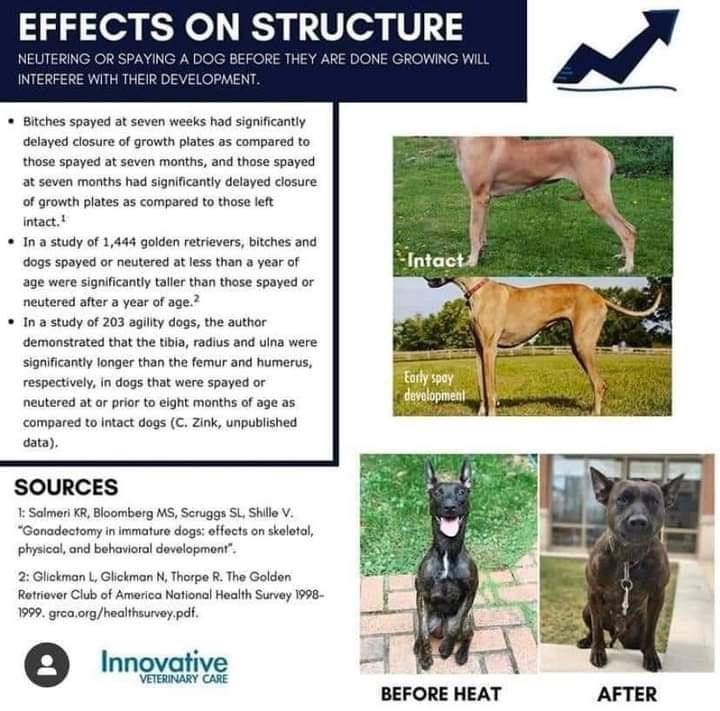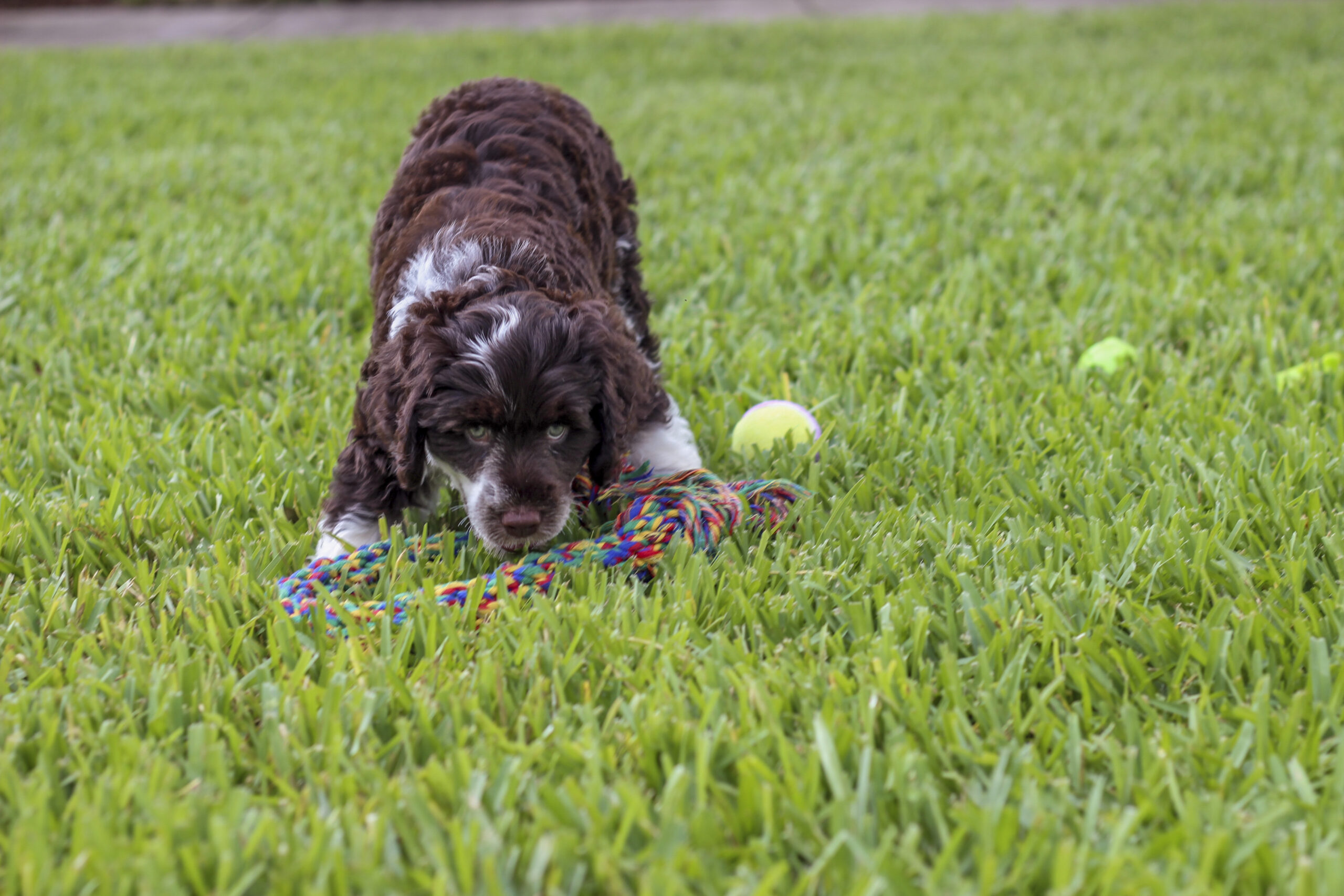Getting a new puppy is an exciting time for you and your family. It does however, require some planning before you bring your puppy home. Having a check list is a great way to make sure that you do not forget anything. It is also a way to see if you already have some of the items and therefore don’t go overboard at the pet store.
TLDR Shopping List
New Puppy Essentials
Below is a list of essential items that will make bringing home your new Riptide Portuguese Water Dog Puppy as easy as possible. If you have any questions about any of the items on this list, please do not hesitate to contact me. I would love to speak to you about your new puppy.
1. Leash. I do not recommend a retractable leash. A good nylon leash no longer than 6 feet with a clip end to attach to their collar is best. I do not put collars 0n my dogs when the hair is long so use a slip lead which is leash and collar in one.
2. Collar. I recommend using a collar and not a harness. Walking you dog on a harness encourages them to pull as the harness provides great comfort to them. Think sled dogs! If you want to leave a collar on for ID purposes, I recommend an embroidered ID or a slide on tag as opposed to hanging tags. Hanging tags get caught up on things and also can be uncomfortable when the pup is sleeping in a curled position.
3. Puppy Training Pads. I have already begun potty training your new puppy as soon as they were able to walk. They should have an idea of what to do when they need to go. Using these pads is a perfect complement to walking your puppy after they eat and drink and then every couple of hours between feedings.
4. Food and Water Bowls. Designating a set of bowls is important. It is also important to pick up your puppy’s food bowl after they have eaten and wash it. You should also wash the water bowl at least once a day. I recommend a set of stainless steel bowls. They don’t break and you can run them in the dishwasher without anything going wrong with them. I like the raised dish holders to keep them in place.
5. Crate. Dogs love their crate because they love a cave. Making sure that your new puppy is familiar and feels secure in their crate will make crating your new puppy a much better exercise. There are many Crate Games training techniques online to check out. The puppy should never go in their crate as punishment. It should always be because it is the safest place for them at that time. They may even choose to nap in their crate. Consider having separate crates for home and car, easily found on Chewy.com, Amazon, Walmart, Target, or even thrift shops.
There are guidelines for crate size per breed. I like a simple wire crate that has a plastic tray at the bottom. These collapse and are easy to store and clean. If you have the space in the main living area, I recommend a 42 inch. Especially for a Male that will be about 60 lbs. when full grown. A 36 inch will suffice for smaller spaces.
Consider beginning with a 30 inch crate for your puppy to sleep near your bed at night. As they grow, invest in a 36 inch crate for their later stages. You can then repurpose the initial 30 inch crate by placing it in the car.
An x-pen is an excellent way to keep your puppy safe and give more space by clipping onto the crate.
6. Chew Toys. Your new puppy will want to chew everything. Especially, a PWD. They are dogs that are bred to encourage the use of their mouths. They are also young when you bring them home and they want to chew. Having several chew appropriate toys for them is the best way to avoid them chewing things you don’t want them to. If you have small children in the house, perhaps think about not using pet store bought “stuffed animals” as they resemble your children’s toys and your new puppy may not be able to differentiate between their toy and your children’s. Rope toys are great, they are good for chewing and also tug-of-war games. Nubby dense rubber toys are also great to use.
7. Nail Trimmer. Your puppy’s nails will be growing rapidly. Now is the best time to get them used to having their nails trimmed. You do not have to trim much, mainly, get them used to having their feet handled and the clippers touching those cute puppy paws. I recommend just trimming the tiny pointy ends at first.
8. Hair Brush. Puppies also need their coat brushed at least once a week. I recommend brushing your puppy’s coat at least once a day at first. This is a good time to just spend time with your puppy. It will also condition them to enjoy this activity. It also avoids having to cut out stubborn knots in their fur later. A good pin brush or a slicker brush are nice types of brushes to use.
9. Shampoo. Giving your new puppy a bath is also a nice thing to do together. They will be very squirmy in the bath most likely, but setting a routine is the best way to get them to enjoy the activity in the future. You can certainly take your new puppy to a groomer, but when they are young you may bathe them at home easily. A nice shampoo that won’t sting their eyes is a good choice.
10. Baby Gate. Allowing your puppy full run of the house is probably not a good idea. I use baby gates to make sure that puppies don’t go where they shouldn’t. The kind with the door is much easier to deal with also.
Feeding Your New Puppy
Now that you have your puppy home and have purchased all of the puppy essentials, it is important to feed your puppy the best possible food to ensure that they receive all nutrients necessary for proper growth. I recommend using Acana Sea to Stream Fish & Grains Dry Dog Food. This is the food that I feed my dogs. It has been a perfect recipe for the health of the breed. This is a food brand that is found at most pet stores and online at sites like Chewy.com.
I also suggest adding a complete pre-made raw food for one meal of your dog’s diet.
I prepare one meal (breakfast) with water soaked kibble, up to 12 weeks old, then dry kibble, and then the second meal (dinner) I prepare raw. I use dry kibble as treats for training usually around lunch time, thus providing a semi-lunch for the pup. If you choose to add a raw meat meal, purchase BJ’s Raw Puppy Pet Food until 6 months old.
At six months, I transition the raw puppy mix to BJ’s Premium Mix or whichever raw formula you decide on is still a wonderful addition to your puppy’s diet.
You may also purchase raw ingredients at the grocery store. I get a combination of chicken necks, gizzards and hearts to freeze on a cookie sheet then store in zip lock bags. I also purchase beef liver and chicken feet which I then dehydrate. It is smelly, so I put it out on the patio as it takes 24 hours. They absolutely LOVE these treats!
You may also add other fruit and veggies. AKC has an excellent article on which fruits and veggies dogs should and should not eat.
Treats
At this stage I recommend just using your puppy’s kibble for treats. Training around feeding time is a good idea as they are hungry and will work better for their kibble. Don’t tease them or hold off feeding them at mealtime.
Mental Stimulation
Below I have posted a list of activities that you and your Riptide PWD can do together any day any time. This is just a list of easy things you can do to make sure that your portie never get bored which we all know may potentially lead to destructive behavior.

Spaying and Neutering


